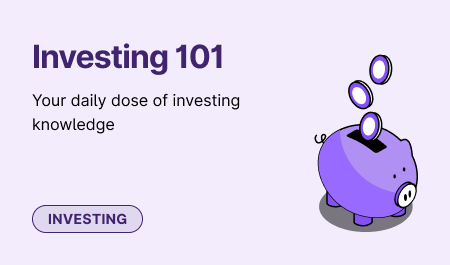For many of us, managing money is a complex and time-consuming task. So, we either take advice from friends and family, or we procrastinate. Confused by the many options available to us, we may also end up tying up our money in fixed deposits or any other fixed-income instruments.
Legendary investor and co-founder of global investment giant Vanguard, John Bogle, who popularised passive investing, has a simple solution for this. It’s the index funds. By investing in index funds, one can manage their money in a simple and efficient way. “When there are multiple solutions to a problem, choose the simplest one,” believed Bogle.
So, keeping this in mind, let’s delve deeper into what are index funds (simplest solution!) and how to choose them:
What are index funds?
Index funds are mutual fund schemes that track or replicate an index. Simply put, index funds invest your money in the same companies and in the same proportion as the index they track.
For example, in India, there are two major benchmark indices – the Nifty50 and the Sensex. The Nifty50 index consists of 50 large-cap blue-chip stocks. So, if you invest in an index fund that tracks the Nifty50 index, you will get exposure to all the Nifty50 stocks in the same proportion as the index.
Let’s say Reliance Industries has a 10% weightage in the Nifty50 index. So, a Nifty50 index fund will allocate 10% of its funds to Reliance Industries.
Basically, this is called passive investing. One of the advantages of index investing is that this automated and rule-based investment strategy eliminates human bias or error.
Also, as there is no human intervention or active investing, the management fees are low. This makes it cost-efficient.
Now that we have established what an index fund is and how it works. Let’s look at how to choose an index fund.
Here are the parameters to look at when investing in an index fund:
- Expense ratio
One of the major reasons for choosing an index fund is its cost-efficient. Because the fund manager doesn’t play a significant role, index funds have minimal management fees. This means that index funds tend to have a lower expense ratio than actively managed funds.
Even when comparing within the index fund space, the expense ratio is a key differentiator. This is because all index funds track indices, so the expense ratio may end up deciding your net returns.
Let’s understand this with a hypothetical example:
| A Index Fund | B Index Fund | C Active Fund | |
| Returns | 14% | 14% | 14% |
| Expense ratio | 0.50% | 0.25% | 2% |
| Net return | 13.50% | 13.75% | 12% |
As you can see, in the table above, the B Index Fund has given the best return because it has the lowest expense ratio.
- Tracking difference
Tracking difference occurs when an index fund is unable to track or replicate an index. Let’s say, the Nifty50 index goes up by 1% in a day and a Nifty50 index fund goes up by 0.90%. The difference of 0.10% is the tracking difference. It means that the index fund has underperformed the index by 0.10%. This is why one must select an index fund with a low tracking difference.
A tracking difference may occur due to several factors, including the cost of buying and selling shares, cash balances and lower liquidity. An index fund needs to buy and sell stocks to keep the fund in line with the index. So, the higher the costs, the greater the tracking difference. Simply put, these costs affect the returns and can lead to underperformance.
In addition, an index fund needs to keep some of the money in cash or debt instruments (government bonds) in case of redemptions. This may also lead to underperformance.
Also, a fund might be unable to buy or sell shares because of illiquidity and volatility. This may be the case with sectoral index funds.
- Assets under management
Assets under management (AUM) is the amount of money invested in a fund. It is essentially the size of a mutual fund scheme. The larger the size of the fund, the better it is for investors. It means that there is higher liquidity and investors can redeem their money whenever required.
Therefore , AUM is also a key indicator that investors need to keep in mind when choosing an index fund.



